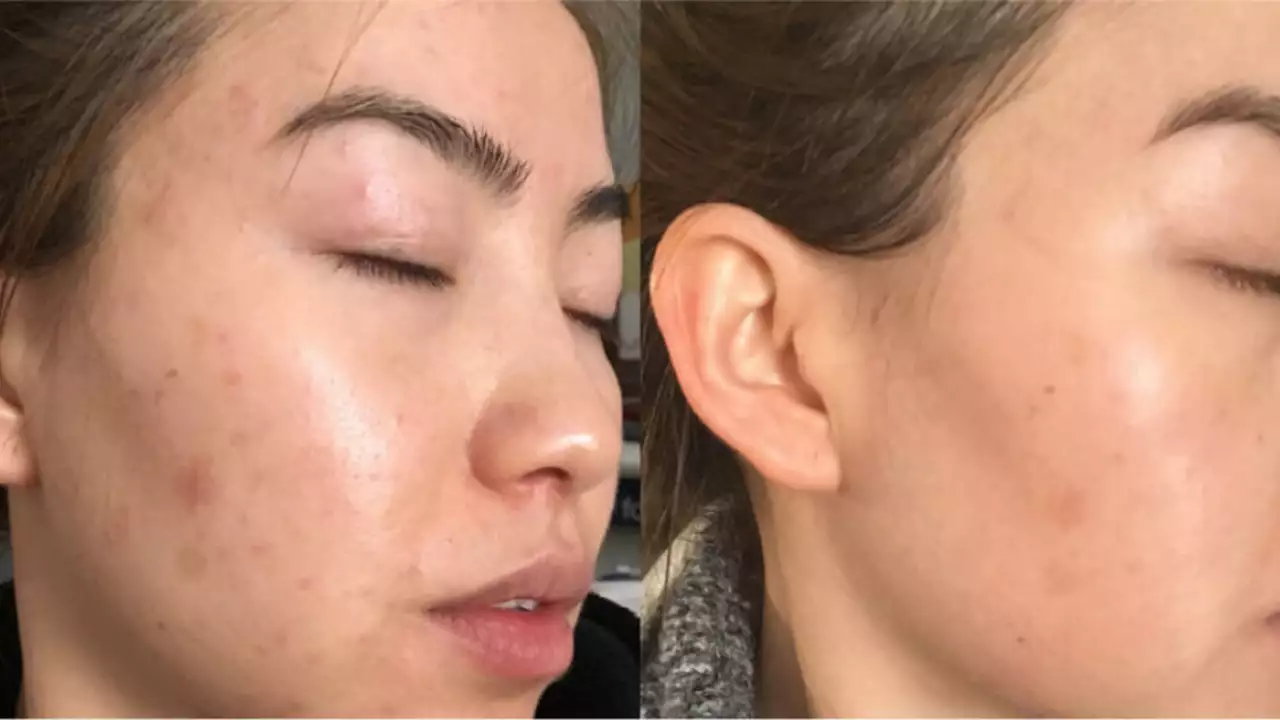Spreading a cream over a small patch is one thing — covering a whole limb or your back is another. When you treat larger skin areas, the amount of medicine that gets into your body can rise fast. That changes safety, how often you use it, and which product you should pick. Here are clear, useful tips you can use right away.
Don’t guess. For many topical meds, a fingertip unit (FTU) is a simple way to measure how much to use. One FTU — the amount squeezed from the tip of an adult index finger to the first crease — is about 0.5 g and usually covers roughly two adult palms of skin. If you need to cover a whole arm or leg, you’ll use several FTUs, so write it down or count them out. Using too much increases the chance of side effects, especially with steroids or hormone creams.
Also think about the formulation. Ointments are oily and stay on longer; they boost absorption and are best for very dry skin. Creams are middle-of-the-road. Lotions and sprays are thinner and spread easily over large areas but can get absorbed faster. Alcohol-based gels increase skin uptake — useful sometimes, risky other times.
Patch-test new products on a small area for 24–48 hours to watch for irritation or allergy. If you get burning, redness, or blisters, stop and talk to a clinician. Avoid putting strong steroid creams on large areas for long periods without medical advice — kids and pregnant people are more likely to soak up higher doses. If the skin is broken, infected, or oozing, you usually shouldn’t use routine topical meds without a doctor’s okay.
Think about occlusion. Covering treated skin with plastic wrap, tight bandages, or even clothing can make absorption jump. That’s useful for stubborn rashes sometimes, but it can also cause systemic side effects. If someone tells you to use occlusion, ask for clear instructions on how long and how often.
Apply thin, even layers and rub them in gently. Wash your hands after applying unless you’re treating the hands. If the product is for the face or genital area, use separate small amounts and avoid accidental transfer to other places (like the eyes).
Track treatment. Write the start date, amount used each day, and any symptoms. If you notice unusual tiredness, headaches, unexplained weight changes, or new acne while using large-area topicals, stop and contact your provider — those can be signs of hormone effects or other systemic absorption.
When in doubt, ask. For big-area treatments, pharmacists and dermatologists can tell you the safest product, the right dose, and how long you should use it. That small step can avoid problems and get you better results faster.

In my latest blog post, I explore the use of hydroquinone, a popular skin-lightening agent, on larger areas of the skin. I discuss how it works, its effects, and potential safety concerns. While it's effective at fading discolorations, overuse can lead to issues like skin irritation or a condition called ochronosis. It's crucial to use hydroquinone carefully and under the supervision of a dermatologist. Tune in to learn more about this potent compound and how to use it safely for body care.